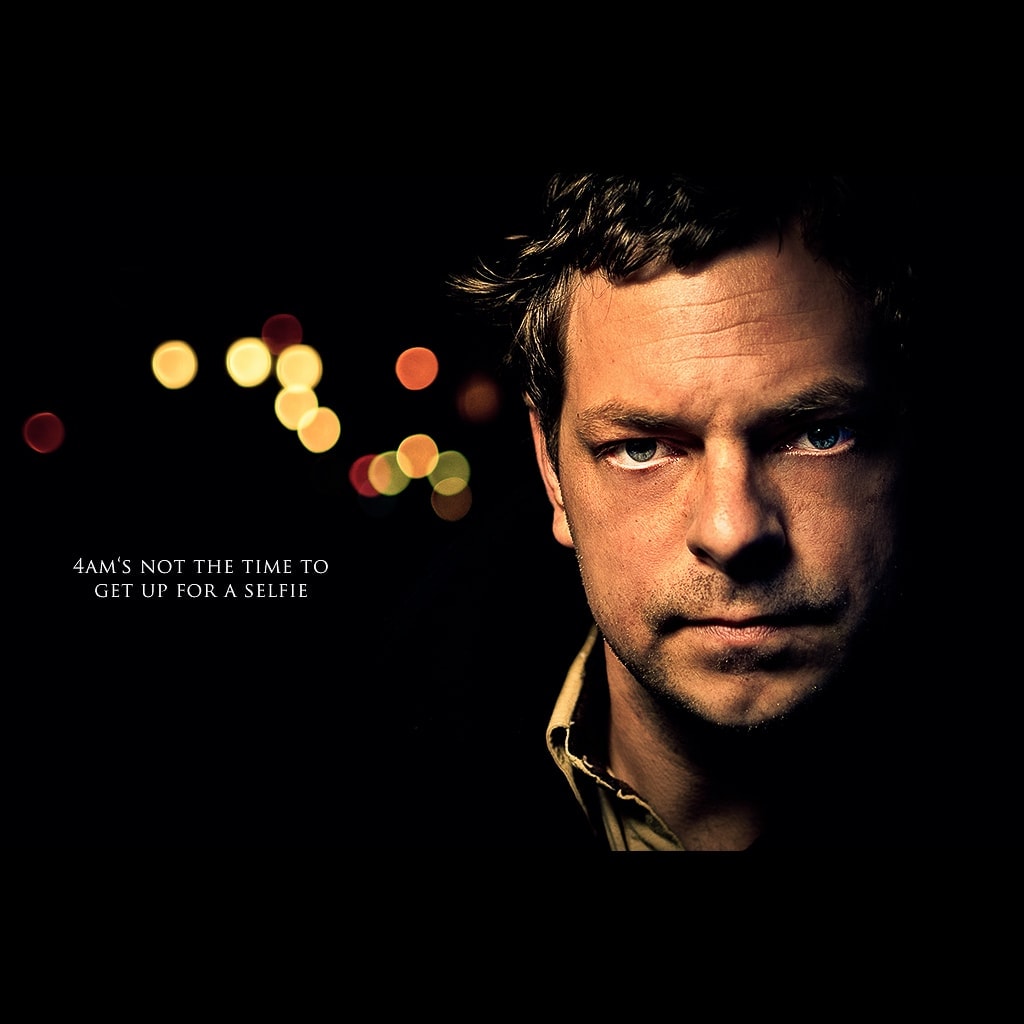Are you bored that your night portraits look like something out of the Twilight movie? If your models are not Cullens, you don't have to capture their red eyes. Yes, I know, you don't do it on purpose... the camera does it by itself and then it's up to you with an editor to retouch it so that the eyes look like those of a normal person and not those of someone possessed by Lucifer or any other supernatural creature. Well, if you want to save yourself that tedious work, which also offers somewhat unnatural results, stay here and I am going to tell you some simple tricks to avoid red-eye in photos at the time of shooting. You will see how simple they are.
WHY DO RED EYES APPEAR IN PHOTOGRAPHS?
Understanding why this phenomenon occurs will help you avoid it and may even find your own tricks. Red-eye appears mainly on compact cameras where the flash is very close to the lens. When shooting, when there is very little ambient light, the pupils are dilated to receive more light, what happens is that they also receive light from the flash and this light is reflected in the back of the eye (full of blood vessels, hence its color ). It also happens when you shoot an SLR with the built-in flash for the same reason. Once you know why it happens, I'll tell you how to avoid it.
RED-EYE REDUCTION MODE
Your camera may have this red-eye reduction option that works by emitting a few pre-shot flashes to make the pupils close. What happens is that this system does not guarantee that red eyes will not appear, so I recommend that you use other means to avoid finally having to resort to retouching in editors.
AVOID RED EYE WITH COMPACT CAMERAS
In this type of cameras, the flash cannot be moved away from the camera and therefore not from the lens, so you can use the following tricks :
1. Try to place your model in a place where their eyes can receive more ambient light so that the pupils do not open as much. That is to say, that it is placed in the most illuminated place of the room. This is not always possible, so we need to resort to other strategies.
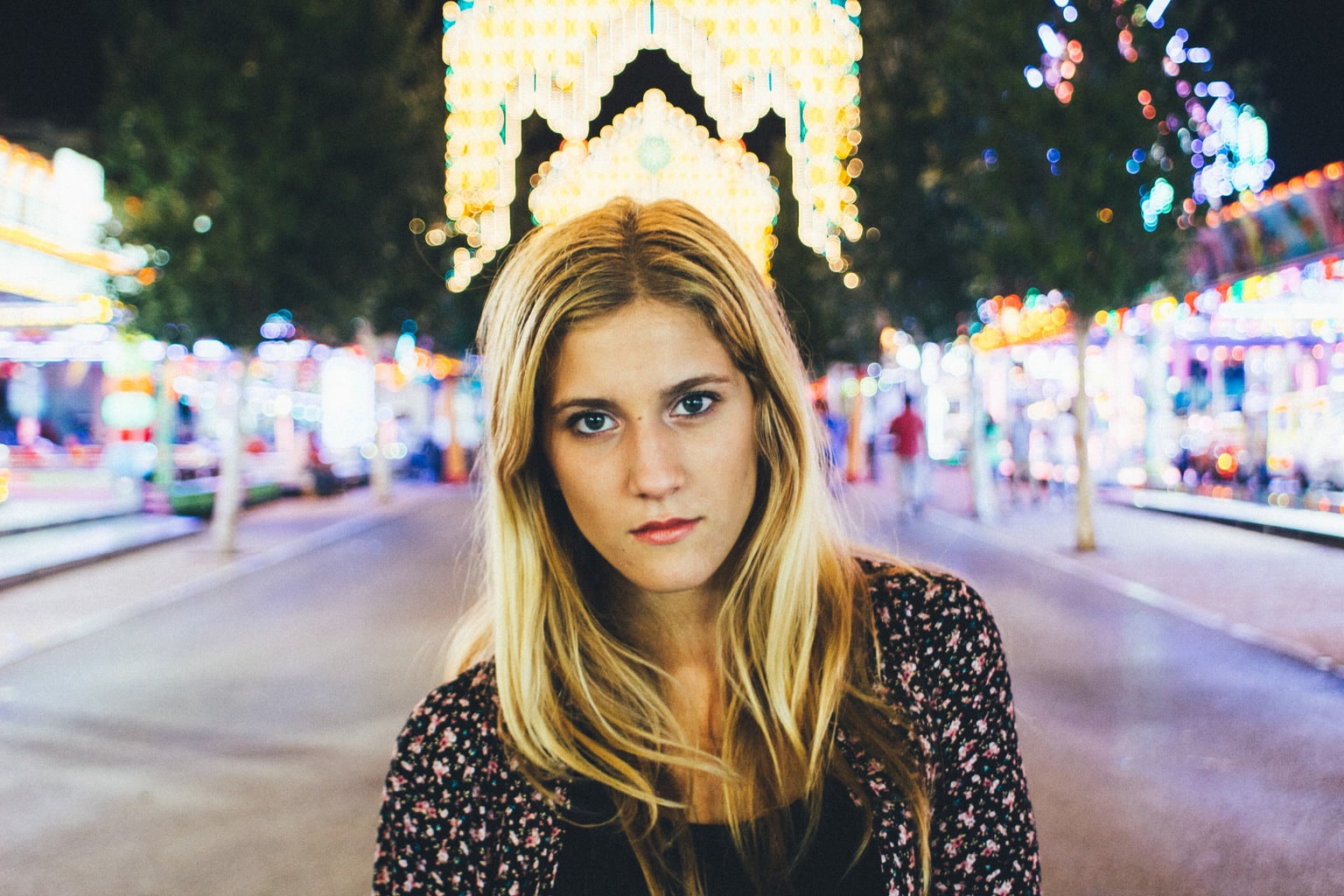
2. If there are several people who are going to be photographed, make sure that they interact with each other so that they do not look directly at the camera. This way you will also get a more natural and spontaneous snapshot. Likewise, if it's just one person, you can ask them to turn their face to the side and not look directly at the camera. If this is not possible either, because they want a frontal portrait looking at the camera, or you want it, for whatever reason, there are more ways to achieve it.
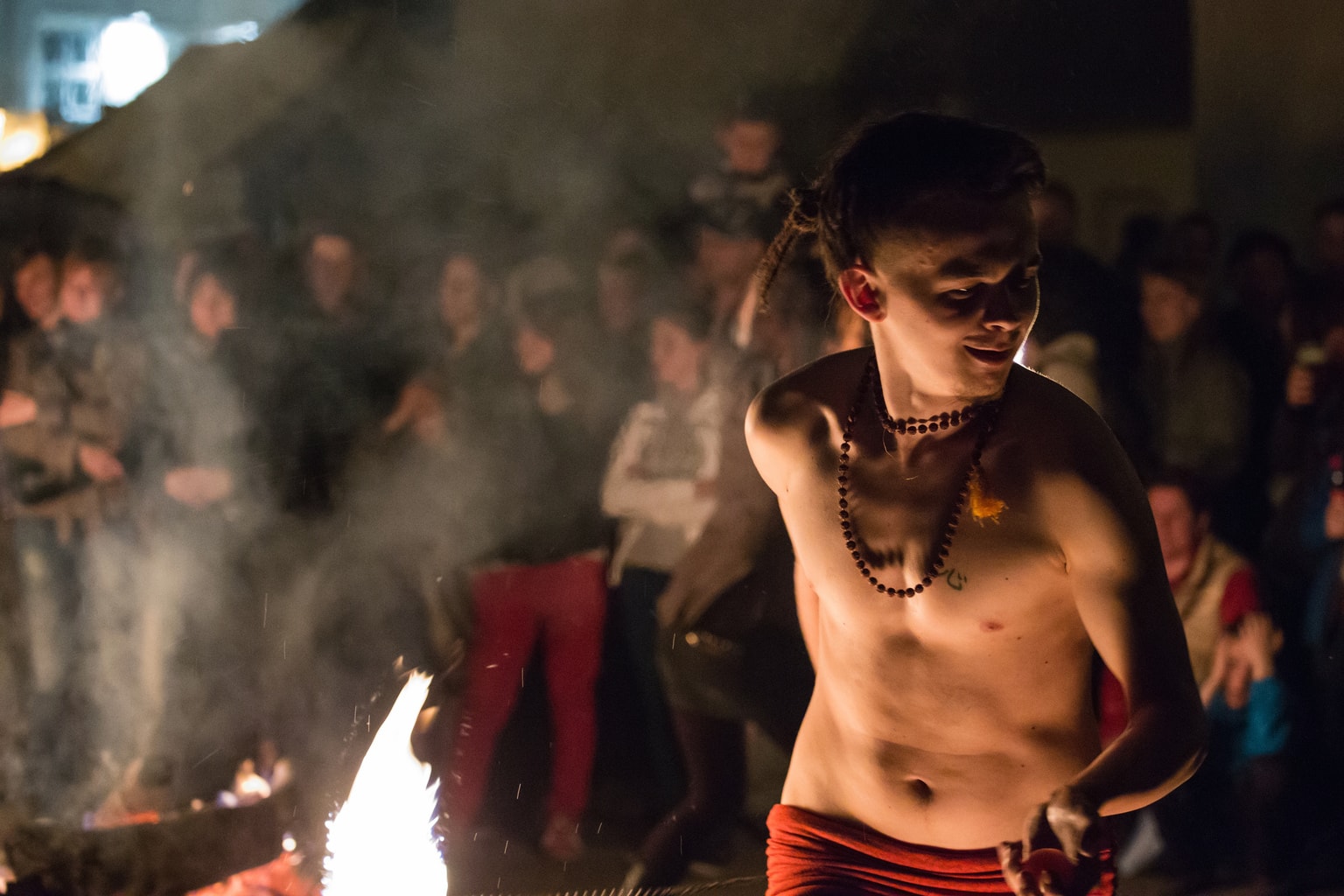
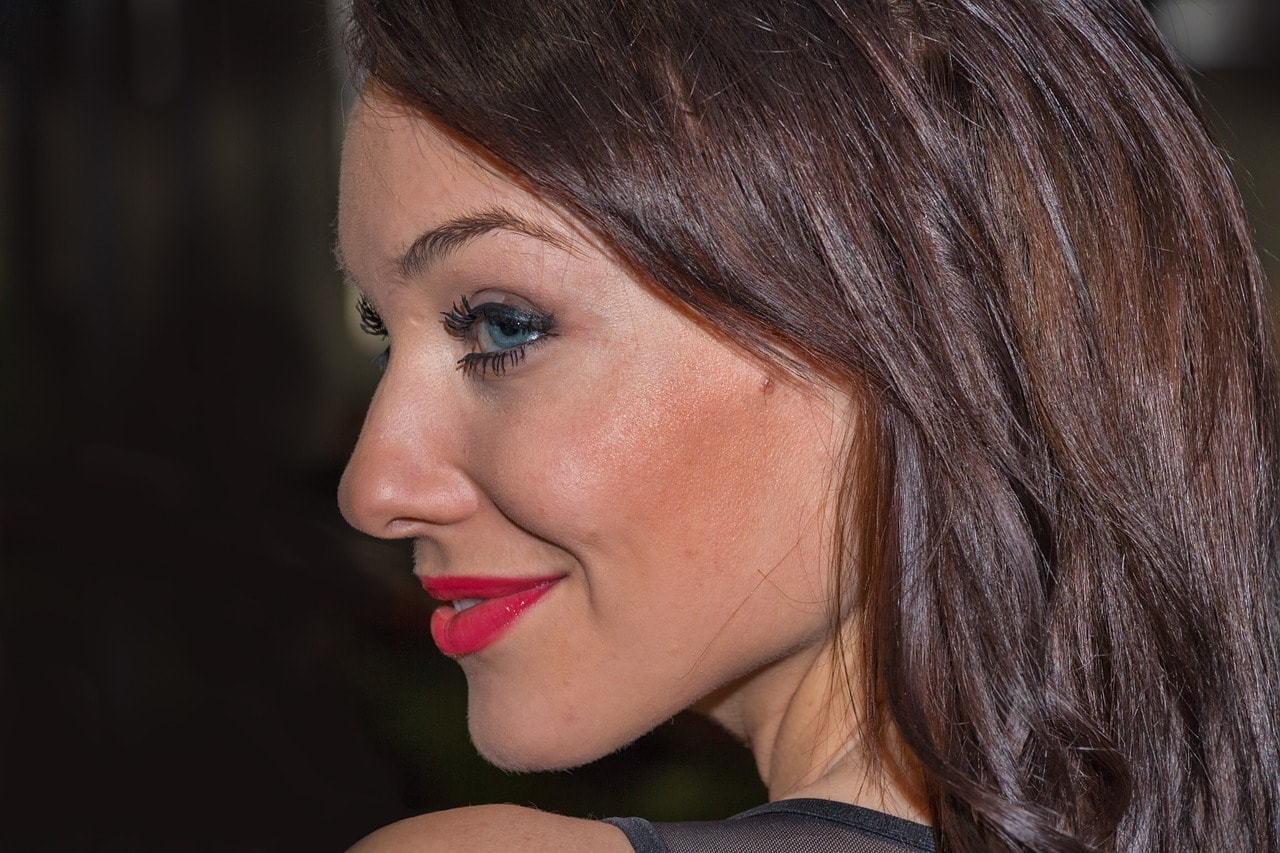
3. Ask your model or models to look at a point of light for a few seconds, then count to four, look at the camera and shoot! This is a way for the pupils to close before you fire the flash.
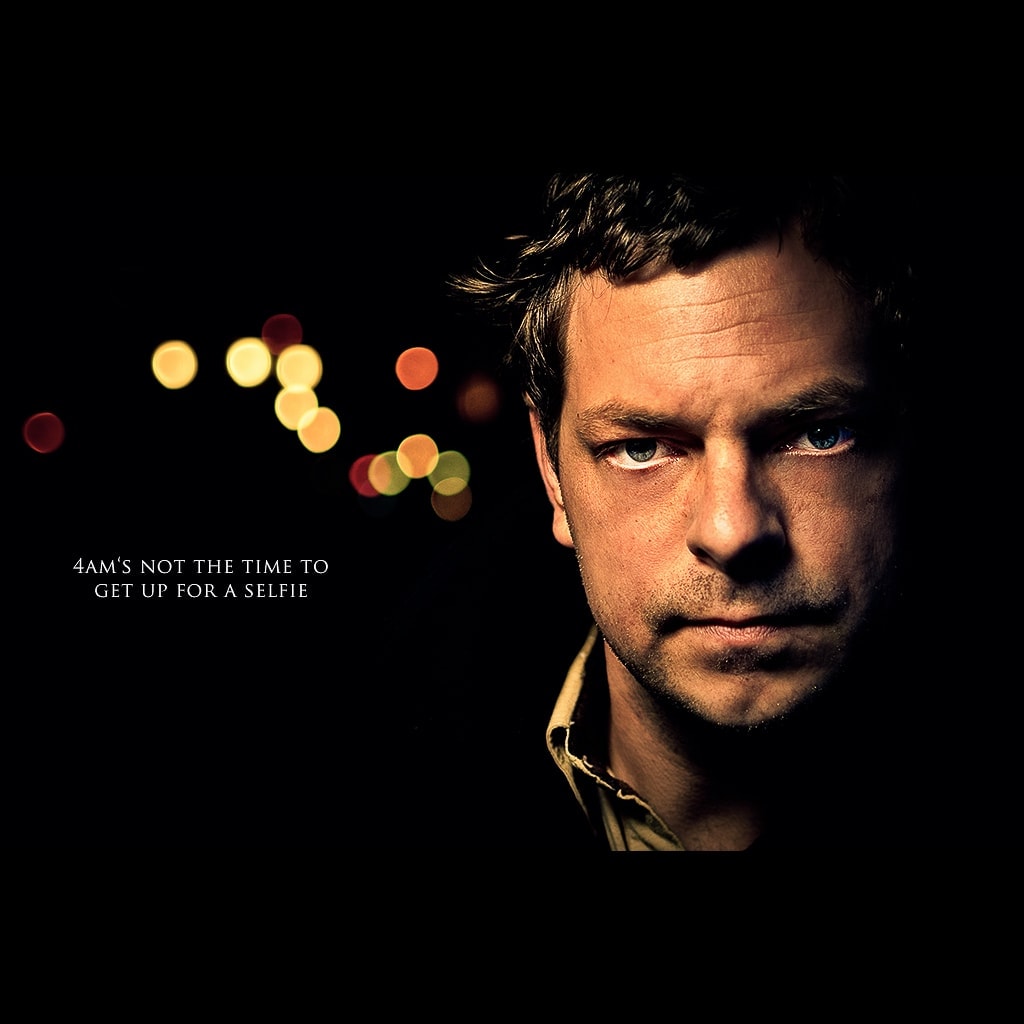
4. Another homemade trick is to place a small white cardboard under the flash at an angle of about 45º so that the light from it bounces upwards and does not hit the eyes of the people being photographed directly.
AVOID RED EYES WITH SLR CAMERAS AND EXTERNAL FLASH.
In these cases it is much easier. The flash and the lens are further away and even independent of each other and you can more easily achieve that the light does not reach the eyes directly.
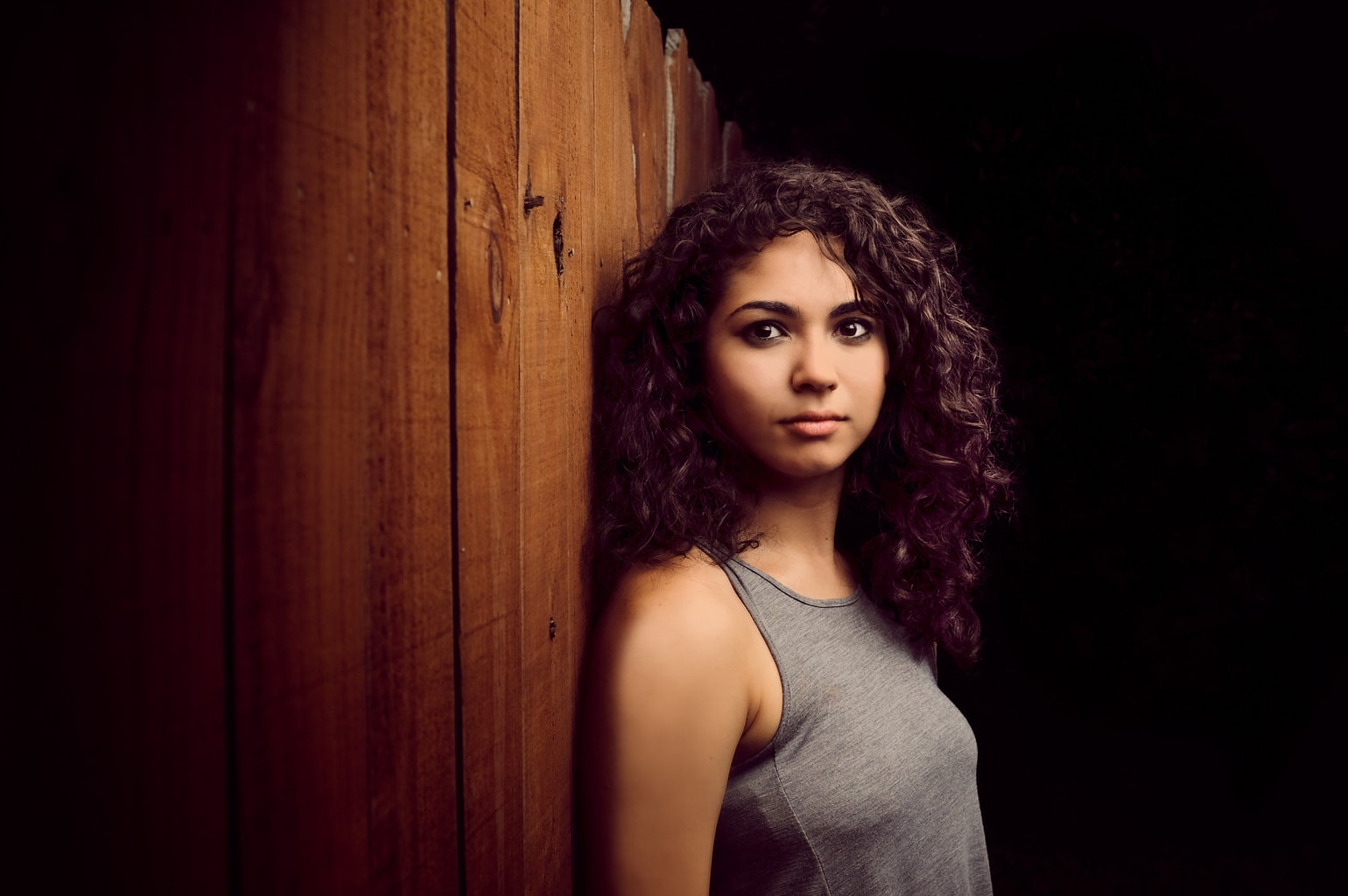
In the event that the flash is attached, all you have to do is direct it towards the ceiling so that the light bounces and is more diffuse. In this way you avoid red eyes for sure.
With handheld flashes you just have to direct the light to the side instead of directly at your face. If you want to know more about the external flash, in this complete guide you will find all the answers .

